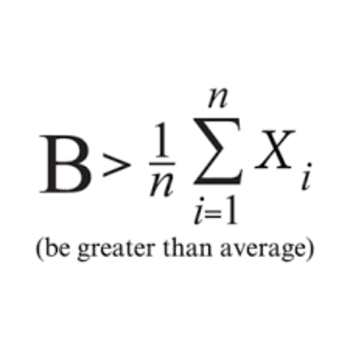What is meant by concertration of a solution? How will you prepare a 10% of glucose by mass in water?
2 Answers
See below:
Explanation:
Concentration is the defined as the number of moles (amount of substance) per unit volume (often liters/
Where c is the concentration in
When it comes to preparing a solution of 10% glucose solution by mass it is done slightly differently.
I recently had to make a 2% starch solution so I'm assuming making a 10% glucose solution works by the same principle:
-
Measure up 90ml of water in a measuring cylinder(which can be assumed to weigh 90g), and also weigh 10g of glucose on a scale.
(So the total mass will be 100g- and 10g of it will be glucose, hence a 10% solution) -
(I think this is optional but it probably helps to dissolve the glucose) Heat the water slightly and then add the glucose and stir the solution. Glucose dissolves in water quite readily so it should not be a problem.
-
Now you have your solution- although it is probably best to let it cool to room temperature so it does not affect other parameters of an experiment.
Explanation:
The concentration of a solution is a measure of the amount of solute dissolved in a solvent. There are many ways to indicate concentration; molarity, molality, normality, and %(w/v)#.
I am going to focus on (w/v)%. This is
To prepare a


